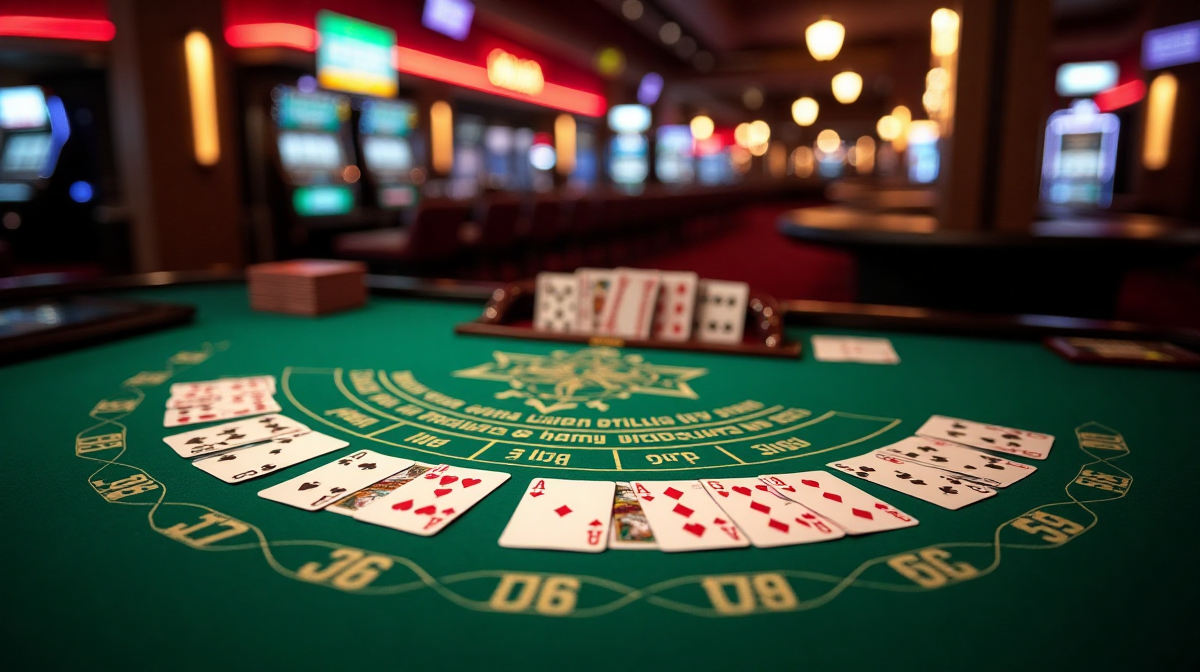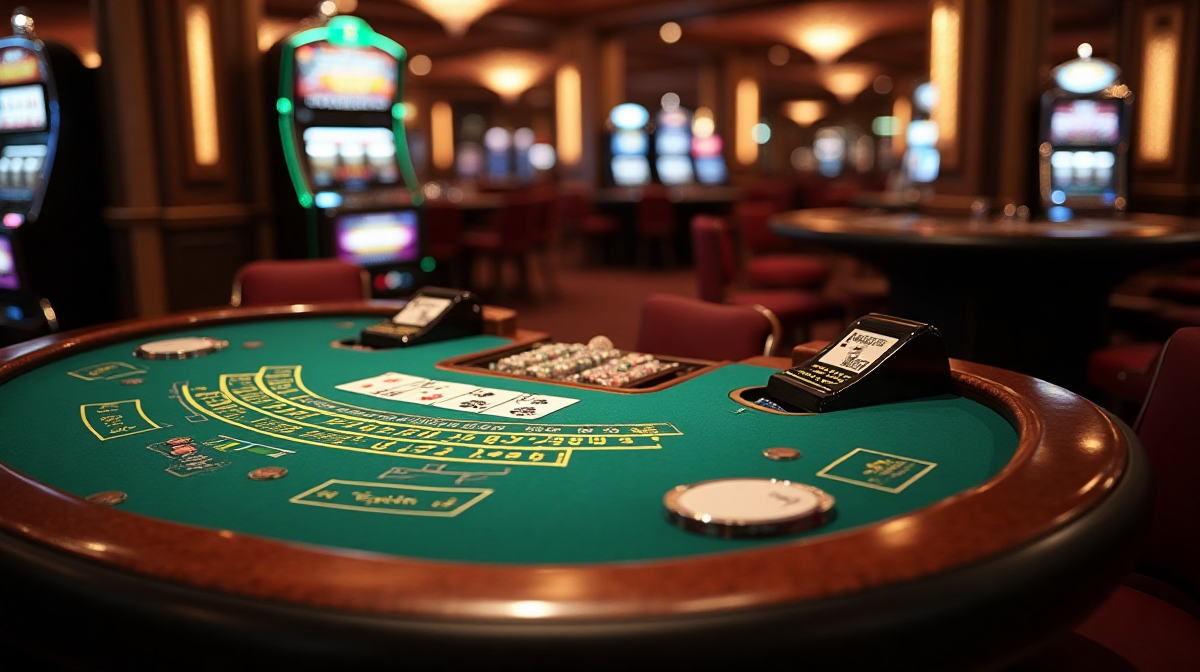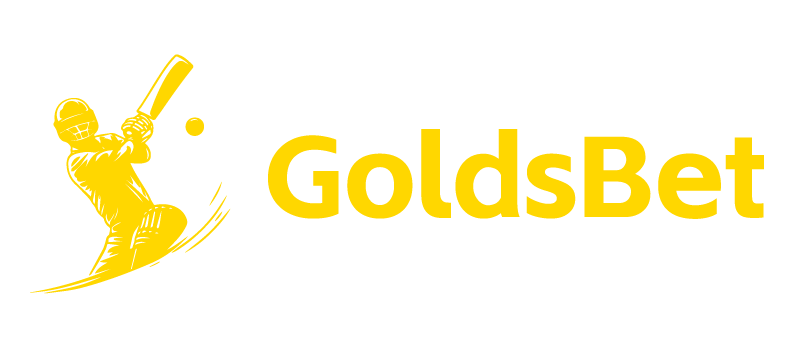Blackjack Card Values: Your Winning Guide
Understanding blackjack goes beyond luck; it’s a game of skill and strategy deeply rooted in comprehending card values. This guide will equip you with the knowledge to navigate the world of blackjack, from the foundational card values to advanced strategies, and even touch upon where to find exciting platforms like GoldsBet to practice your skills.
What is Blackjack? – A Quick Overview
Blackjack, also known as 21, is a comparing card game between a player and a dealer, meaning players compete against the dealer and not against each other. The goal is to have a hand value higher than the dealer’s without exceeding 21. It’s a fast-paced, engaging game that’s popular in casinos worldwide and increasingly available online. Many players are also searching for goldsbet old version download to revisit previous iterations of the platform.
Why Understanding Card Values is Crucial
Card values are the bedrock of blackjack strategy. Without a firm grasp of how each card contributes to your hand’s total, you’re essentially gambling blindly. Knowing blackjack card values allows you to make informed decisions – whether to hit, stand, double down, or split – maximizing your chances of winning. Properly understanding these values is key, especially when exploring different game variations offered on platforms like GoldsBet.
The Goal of the Game: Beating the Dealer
Ultimately, the objective in blackjack is simple: beat the dealer. This can be achieved in a few ways – having a hand value higher than the dealer’s (without exceeding 21), or the dealer busting (going over 21) while you stand with a valid hand.
Number Cards : Their Face Value
The card values in blackjack are straightforward for numbered cards. Cards 2 through 10 retain their face value. A 2 is worth 2, a 7 is worth 7, and so on. This forms the basic building blocks of your hand total.
Face Cards : Value of 10
Face cards – Jacks, Queens, and Kings – all share a common value: 10. This is a crucial point to remember when calculating your hand total, as they can quickly bring your total closer to 21.
The Ace: 1 or 11 – Understanding Flexibility
The Ace is the most versatile card in blackjack. It can be valued as either 1 or 11, depending on which value benefits your hand the most. This flexibility is what makes Aces so powerful and strategic.
Soft vs. Hard Hands Explained
A “soft” hand is one that contains an Ace counted as 11. This means the hand won't bust if you hit and receive a card with a value of 10. A “hard” hand, on the other hand, either doesn’t contain an Ace, or the Ace is counted as 1, because counting it as 11 would cause the hand to bust. Games like aviator goldsbet also require understanding risk and reward, similar to managing soft and hard hands.
Simple Hand Value Calculations
Calculating your hand value is simple addition. For example, a 7 and a 9 add up to 16. Remember to factor in the value of face cards (10) and Aces (1 or 11).
Dealing with Aces: Choosing the Optimal Value
When you have an Ace, you need to decide whether to count it as 1 or 11. The general rule is to count it as 11 unless doing so would cause your hand to bust. If counting it as 11 results in a total over 21, you must count it as 1.
Understanding Busting – Going Over 21
“Busting” occurs when your hand total exceeds 21. When this happens, you automatically lose, regardless of the dealer's hand. Avoiding a bust is paramount to success in blackjack.
Example Hand Scenarios & Value Calculation
Let’s say you’re dealt a 10 and a 6. Your hand value is 16. If you then receive a 7, your hand value becomes 23, resulting in a bust. Now, let’s say you have an Ace and a 5. This is a soft 16 (Ace counted as 11). If you hit and receive a 4, your hand becomes a hard 15 (Ace now counted as 1).
How Card Values Inform Basic Strategy
Card values are the foundation of basic blackjack strategy. By understanding the probabilities associated with different card combinations, you can make more informed decisions about whether to hit, stand, double down, or split.
Introduction to Basic Strategy Charts
Basic strategy charts are pre-calculated tables that tell you the mathematically optimal play for every possible hand combination, based on your hand and the dealer's upcard. These charts minimize the house edge and improve your chances of winning.
Reading a Basic Strategy Chart: Understanding Columns & Rows
A basic strategy chart typically has columns representing the dealer's upcard (2-Ace) and rows representing your hand. The intersection of your hand and the dealer’s upcard will indicate the recommended action: Hit (H), Stand (S), Double Down (D), or Split (P).

When to Hit, Stand, Double Down, and Split – Basic Rules
- Hit: Take another card.
- Stand: Don't take any more cards.
- Double Down: Double your bet and take only one more card.
- Split: If you have a pair, split them into two separate hands.
Applying Basic Strategy Charts to Different Hands & Dealer Upcards
For example, if you have a hard 16 and the dealer is showing a 7 or higher, the chart will tell you to hit. If you have a hard 12 and the dealer is showing a 4, 5, or 6, you should stand. You can find opportunities to practice this on platforms offering blackjack games like GoldsBet.
Introduction to Card Counting: Beyond Basic Strategy
Card counting is an advanced technique that involves tracking the ratio of high to low cards remaining in the deck. This allows you to estimate whether the remaining cards favor the player or the dealer.
High-Low Counting System: How it Works
The High-Low system assigns a value of +1 to cards 2-6, 0 to cards 7-9, and -1 to cards 10-Ace. You keep a running count as cards are dealt, and adjust your bets accordingly.
Keeping a Running Count: Techniques and Practice
Keeping an accurate running count requires concentration and practice. It's important to be able to quickly add and subtract values while remaining discreet.
True Count and its Significance
The True Count is the Running Count divided by the estimated number of decks remaining. It provides a more accurate assessment of the deck composition.
Risks and Considerations with Card Counting
Card counting is not illegal, but casinos may ask you to stop playing if they suspect you are counting cards. It requires significant skill, discipline, and is not a guaranteed path to winning.
Miscalculating Hand Values: Common Errors
One of the most common mistakes is miscalculating your hand value, especially when Aces are involved. Double-check your total before making any decisions.
Ignoring the Value of the Dealer's Upcard
Failing to consider the dealer’s upcard is a critical error. The dealer's upcard significantly influences your optimal strategy.
Not Adjusting Strategy Based on Card Values
Sticking to a rigid strategy without adjusting based on the changing card values is a mistake. Be flexible and adapt your play accordingly.
Overlooking the Impact of Aces
Aces are powerful cards that can dramatically alter your hand value. Don't underestimate their importance.
Online Blackjack Simulators for Practicing Card Values
Online blackjack simulators are a great way to practice calculating hand values and implementing basic strategy without risking real money.
Recommended Books & Websites for Learning Blackjack
Several resources are available for learning blackjack, including books by authors like Stanford Wong and websites dedicated to blackjack strategy.

Key Takeaways: Mastering Card Values for Winning Play
Mastering blackjack card values is the first step towards becoming a successful blackjack player. Combine this knowledge with basic strategy, and you’ll significantly improve your chances of winning, whether you're playing at a casino or online on a platform like GoldsBet. Remember to practice and refine your skills, and always gamble responsibly.

